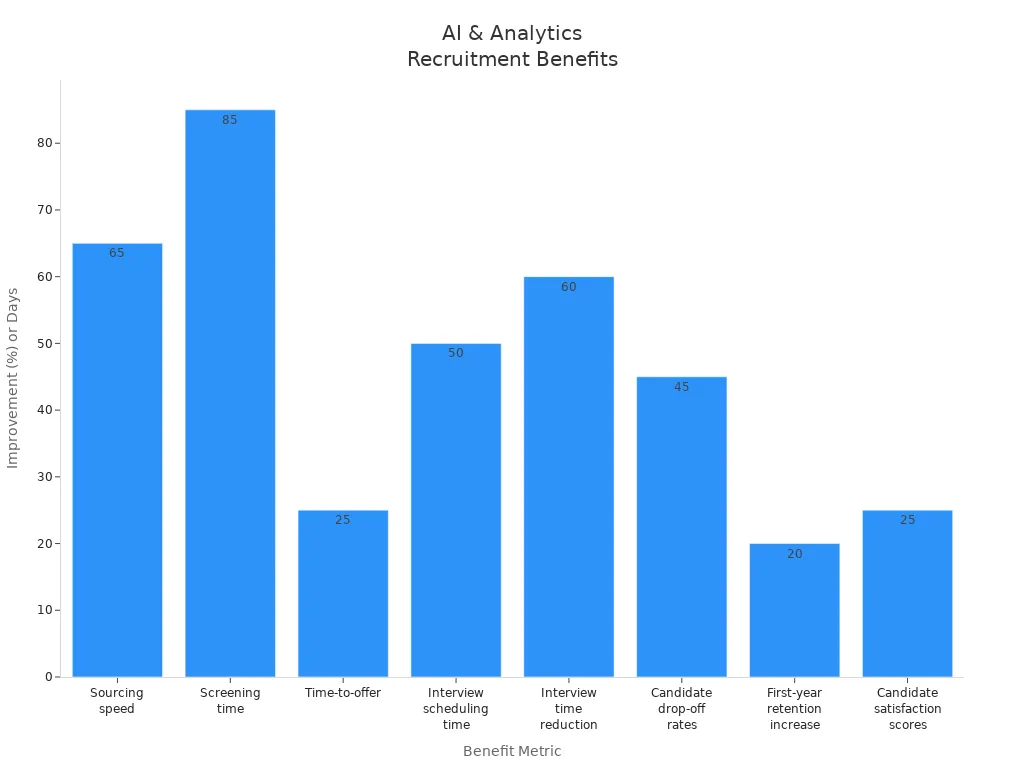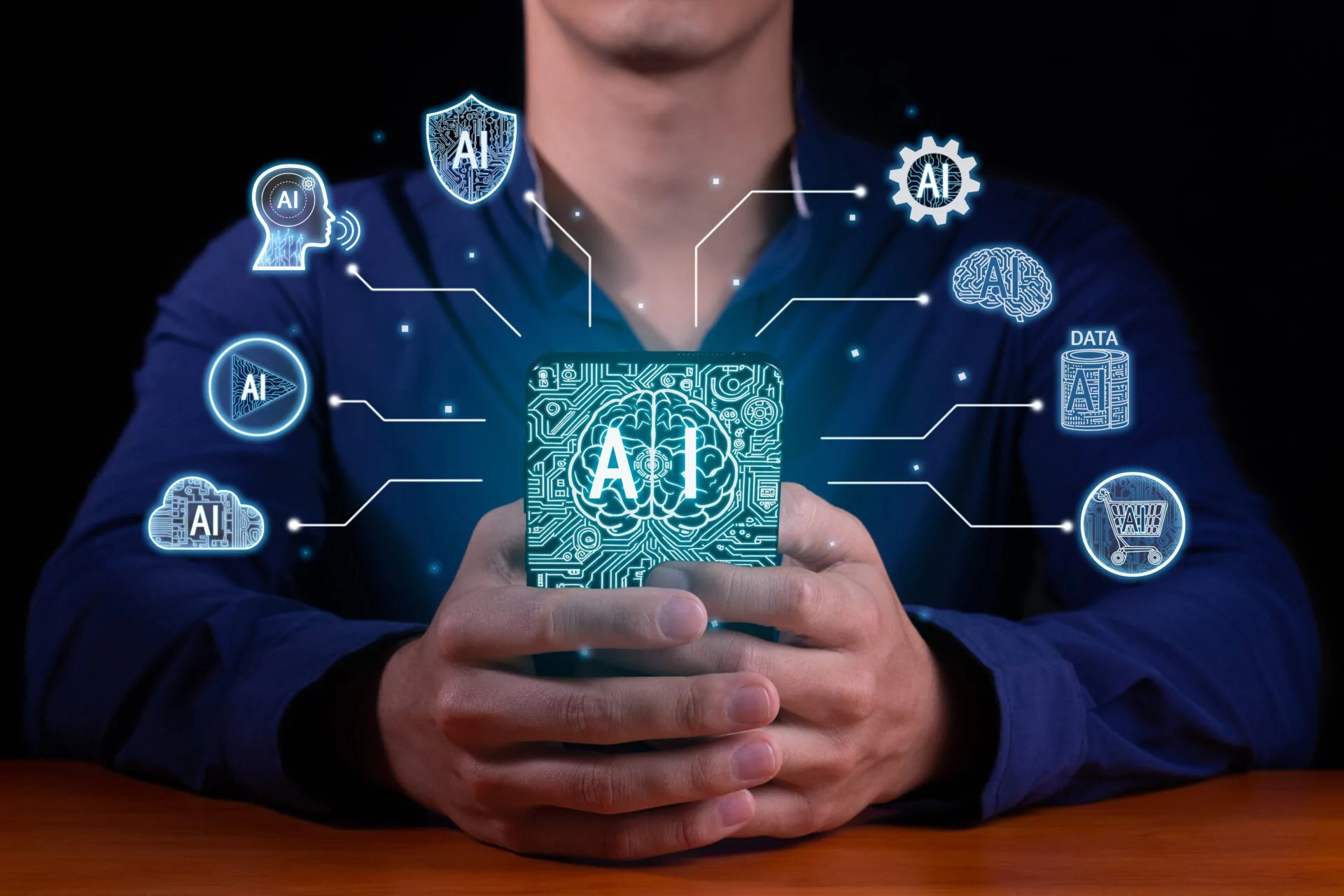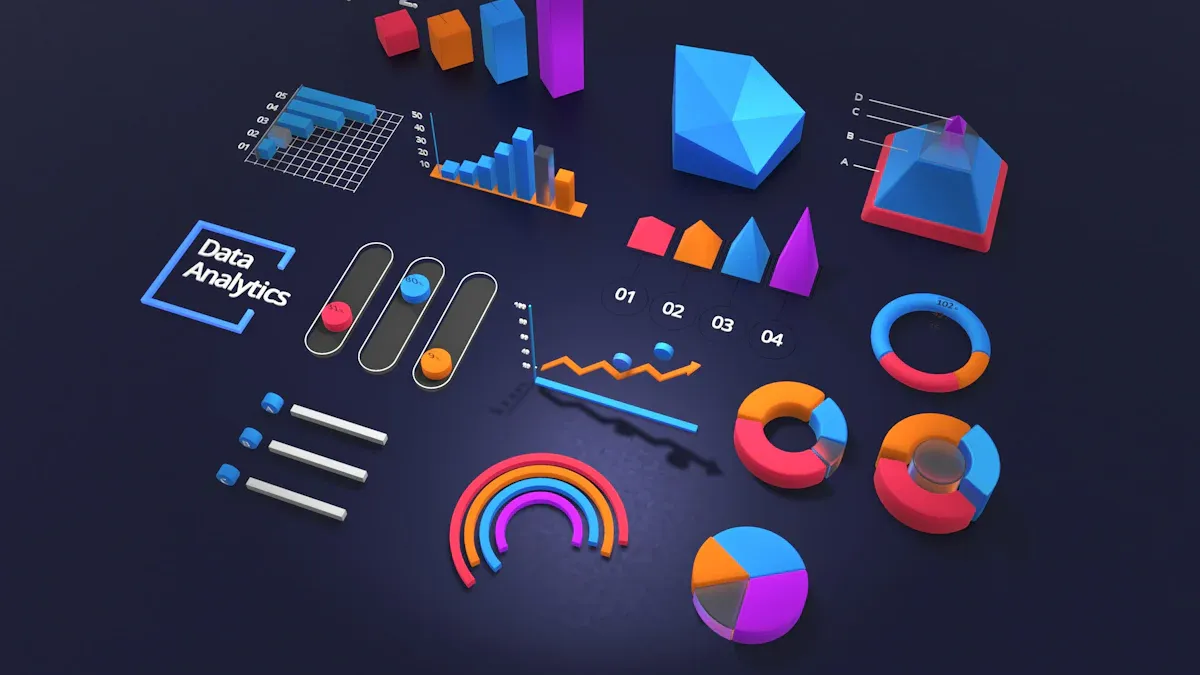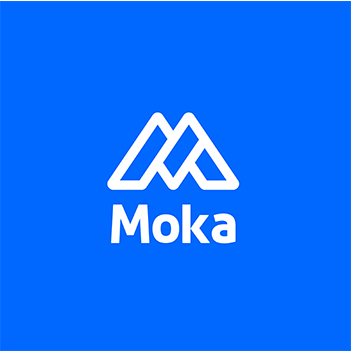From Gut Feelings to Data Dashboards: Why Top Recruiters Are Turning Into AI-Powered Data Analysts

Recruiters use data-driven recruiting now, not just gut feelings. Companies get real benefits from this. For example, using analytics helps them predict needs 34% better. It also cuts extra hiring by 25%. AI and analytics help recruiters pick better people. They also make the candidate experience better. The chart below shows how data-driven recruiting helps. It makes finding people faster. It makes screening quicker. It helps keep workers longer. New tools like AI-native ATS platforms help recruiters use data. These tools turn recruiters into data analysts. This gives teams a real advantage in hiring.

The Era of "Gut Feeling" Recruiting
Subjective decision-making and experience-based hiring
For a long time, recruiters used their own feelings to hire people. They trusted their own judgment when picking who to hire. Sometimes this worked, but it also caused mistakes. Now, data-driven recruiting uses facts and numbers to help. Recruiters check data from resumes, interviews, and job results. This helps them see patterns and make better choices. With data, teams can see what works and get better at hiring over time.
The role of personal networks and referrals
Personal networks and referrals have always been important in hiring. Many companies fill jobs faster with referrals. About 62% of companies say referrals help them hire quickly. People who are referred stay longer, with a 41% higher retention rate. Referrals also save money, about $3,000 for each hire. But using networks too much can hurt diversity. People often refer others like themselves. This can make the workplace less diverse. Companies now use data to watch these trends and make hiring fairer.
Traditional interview methods and their blind spots
Old interview methods often miss key things about candidates. These interviews focus on what people say, not what they do. They only show a small part of a person’s skills. Sometimes, candidates say what they think the interviewer wants. Other times, they forget important things. These blind spots can cause bad hiring choices. Data-driven recruiting uses more tools, like skills tests and analytics, to learn more about each candidate.
Tip: Using data from interviews, tests, and real job tasks helps you see candidates more clearly and avoid mistakes.
Inefficiencies and biases in intuition-driven processes
Hiring by gut feeling often wastes time and causes bias. Studies show recruiters sometimes decide in just a few minutes. This means they might miss better candidates. Biases like confirmation bias and expectation anchor bias can affect hiring. Demographic bias can also make hiring unfair. Data-driven recruiting helps fix these problems. Using data and analytics, recruiters can find patterns, check results, and improve hiring. Tools like Kula and Moka HR help recruiters make smart, data-based choices.
The Rise of Data-Driven Talent Acquisition
Types and sources of recruiting data
Recruiters use many kinds of data to make hiring better. Data-driven recruiting uses numbers and words to show the whole process. These types and sources help teams see patterns and fix problems. They also help teams make smarter choices.
Quantitative data: number of applications, time to hire, pass-through rates, offer acceptance rates
Qualitative data: job post content, interview notes, candidate survey responses
Main sources: Applicant Tracking Systems (ATS), Candidate Relationship Management (CRM) software, feedback surveys from candidates and hiring managers
These sources keep important facts about candidates and hiring steps. Recruiters use this data to spot trends and improve how people feel about applying. It also helps them hire better people.
Resume parsing and candidate databases
Modern tools like Moka HR use AI to read resumes fast. They pull out skills, experience, and education from each resume. This helps build big lists of candidates. Recruiters can search these lists to find the best people for jobs. This saves time and lets teams focus on top choices.
Interview performance metrics
Interview data shows how well candidates do. Recruiters track scores, feedback, and how fast people answer. Moka HR’s AI notetaker writes down and sums up interviews. This makes clear records and helps teams compare people fairly. These numbers help teams hire better and make the process more fair.
Employee retention analytics
Retention data shows how long workers stay at a company. Recruiters use this to see which hires last the longest. They can also learn why some people leave early. By looking at this data, teams can change how they hire. This helps them find people who fit and stay longer.
Market compensation data
Market compensation data helps recruiters pay fairly. Tools like Moka HR show real-time salary numbers. Recruiters can see what other companies pay for the same jobs. This helps bring in top talent and makes more people say yes to offers.
The shift from reactive to predictive recruiting
Recruiting used to be reactive. Teams waited for jobs to open and then rushed to fill them. This often led to bad matches and higher costs. Now, data-driven talent acquisition uses predictive analytics to plan ahead. Recruiters build lists of possible hires before jobs open. They use data to guess hiring needs, find skill gaps, and talk to people early.
Proactive recruiting cuts time to hire and cost per hire.
It helps match people to the company and job needs.
Predictive recruiting also lowers turnover and keeps workers longer.
For example, a tech company used predictive analytics to find top engineers. They cut turnover by 15% in one year. A retail chain used data to plan for busy times. They filled jobs faster and worked better.
Building comprehensive talent intelligence systems
Talent intelligence systems put all data in one place. These platforms track every step of hiring. They use workforce analytics to give real-time insights. This helps recruiters make better choices.
Talent Intelligence System | Key Features and Capabilities | Measurable Impact on Recruitment and Workforce Management |
|---|---|---|
WeCP | Automates skill evaluation, provides analytics on candidate performance | Enables data-driven hiring and employee development decisions |
LinkedIn Talent Insights | Real-time labor market data, talent availability, competitive intelligence | Improves targeting, reduces time-to-fill, enhances hiring decisions |
Workday Human Capital Management | Tracks engagement, performance, retention with real-time metrics | Enables predictive analytics for retention, improves workforce planning |
SAP SuccessFactors | Centralized talent data, performance management, learning tools | Aligns talent strategies with business goals, improves retention |
These systems help recruiters:
Cut time to hire by finding slow steps
Hire better people by using data
Keep workers longer by finding the right fit
Match hiring to business goals
Data-driven recruiting platforms like Moka HR have features like AI screening, automated outreach, and dashboards. These tools help recruiters watch key numbers:
Time to hire: Shows how fast jobs are filled
Cost per hire: Tracks how much hiring costs
Sourcing channel effectiveness: Shows which ways bring the best people
Quality of hire: Checks how new workers do and fit in
Offer acceptance rate: Shows how many people say yes
Candidate experience score: Shows how people feel about the process
Note: Checking these numbers all the time helps recruiters find problems, fix steps, and get better results.
Data-driven talent acquisition gives companies a big advantage. It helps teams make better choices, save money, and build stronger teams. Recruiters who use data can hire faster, spend less, and get better workers.
AI Technologies Revolutionizing Recruitment

Resume screening and candidate matching algorithmsBuilding Inclusive Teams
AI-powered resume screening looks for keywords in resumes. It uses natural language processing to find the best people for each job. These systems learn from old hiring data and get better over time. Job matching algorithms suggest jobs based on detailed profiles. This makes matches more exact. This way, recruiters do not have to look at every resume. It also helps stop human bias. Recruiters can spend more time talking to top candidates.
Metric | Improvement/Value |
|---|---|
95% | |
Resume Screening Speed | 80% faster than traditional methods |
Increase in Relevant Candidates Identified | 20% more relevant candidates |
Recruitment Cost Reduction | Up to 70% |
These numbers show that data-driven recruiting is faster and cheaper. It also helps companies find better people.
Video interview analysis and sentiment detection
AI video tools watch interviews and find important traits. They use sentiment detection to see how candidates feel. These tools notice patterns in answers and body language. This helps predict who will do well at work. Studies show AI video tools agree with experts. They also help stop fake answers. This makes hiring more fair and honest.
AI sentiment analysis finds feelings in speech.
Pattern recognition spots traits that fit the job.
These tools look at lots of interview data fast.
Predictive analytics for candidate success
Predictive analytics uses data to guess who will do well. It looks at resumes, job results, and tests. Machine learning finds patterns people might miss. Companies using these tools fill jobs faster. They also hire better people. Predictive analytics helps stop bias and supports diversity. It leads to better hires, less turnover, and faster hiring.
Predictive models use many kinds of data.
These tools can make hires up to 40% better.
They help match hiring to company goals.
Chatbots and automated candidate engagement
AI chatbots answer questions any time. They help with resume checks, setting up interviews, and matching jobs. Chatbots give quick, helpful answers. This makes candidates feel supported. Recruiters save time and can build better relationships. Companies say chatbots make candidates happier and speed up hiring.
Chatbots cut screening time by half.
They give support all day and night.
Automation lets recruiters do more important work.
Market intelligence and salary benchmarking tools
Market intelligence tools show real-time pay and benefits data. Salary benchmarking helps companies pay fairly. This brings in top talent and keeps workers happy. These tools also find pay gaps and help follow pay laws. Companies can change pay as the market changes. This builds trust with workers.
Salary benchmarking matches pay to the market.
It lowers turnover by fixing pay problems.
These tools help make hiring fair and open.
Diversity and inclusion analytics
Diversity and inclusion analytics track hiring and promotion data. They show where some groups drop out of the process. Data-driven hiring helps fix bias and build diverse teams. Studies show diverse teams do better and earn more money. Tracking numbers and feedback helps make a fair workplace.
Analytics show diversity gaps and hidden bias.
Data-driven hiring makes things more fair.
Sharing data builds trust and helps long-term diversity.
Note: Workforce analytics and data-driven recruiting help companies stop bias, support diversity, and make better hiring choices.
The Skills Transformation of Elite Recruiters

From Relationship Builders to Data Scientists
The evolution of recruiting excellence has fundamentally shifted from pure relationship management to sophisticated data interpretation and AI collaboration. Modern elite recruiters are no longer just networkers who rely on intuition and personal connections—they've become hybrid professionals who seamlessly blend human insight with advanced analytics to drive superior hiring outcomes.
This transformation is exemplified by platforms like MokaHR's Moka Eva, which has already screened over 100,000 resumes, supported 20,000 interviews, and answered more than 3 million questions. Today's top recruiters understand that success requires fluency in both human psychology and machine learning algorithms, enabling them to leverage AI tools while maintaining the personal touch that distinguishes exceptional talent acquisition professionals.
The shift represents a fundamental reimagining of the recruiter's role: from reactive gatekeepers to proactive data strategists who can predict hiring outcomes, optimize processes in real-time, and deliver measurable business impact through intelligent automation.
Essential Technical Competencies
Data Visualization and Dashboard Creation
Elite recruiters now must master the art of transforming raw hiring data into compelling visual narratives that drive strategic decisions. This involves:
Creating Executive-Ready Dashboards: Building comprehensive recruitment metrics dashboards that track key performance indicators such as time-to-hire, cost-per-hire, source effectiveness, and candidate quality scores
Real-Time Analytics Interpretation: Understanding how to read and act on live data feeds from AI-powered screening systems that can process thousands of applications simultaneously
Predictive Modeling Visualization: Presenting complex algorithmic predictions about candidate success rates, retention probability, and cultural fit assessments in easily digestible formats for stakeholders
Modern ATS platforms like MokaHR enable recruiters to visualize hiring patterns through intelligent, data-driven systems that simplify and speed up the hiring process, allowing recruiters to focus on strategic decision-making rather than manual data compilation.
Statistical Analysis and Interpretation
The modern recruiter's toolkit must include fundamental statistical literacy to maximize AI-driven insights:
Correlation vs. Causation Analysis: Understanding which hiring patterns represent genuine predictive relationships versus coincidental correlations
Bias Detection and Mitigation: Identifying when AI algorithms exhibit unconscious bias and implementing corrective measures to ensure fair hiring practices
A/B Testing Methodology: Designing and analyzing experiments to optimize job postings, candidate outreach strategies, and interview processes
Cohort Analysis: Tracking long-term hiring success by analyzing groups of hires over time to identify successful sourcing channels and assessment methods
AI Tool Proficiency and Prompt Engineering
As AI becomes central to recruitment operations, elite recruiters must develop sophisticated technical skills:
Conversational AI Management: Optimizing chatbot interactions and automated candidate communications to maintain engagement while filtering qualified prospects
Resume Screening Algorithm Training: Working with AI systems that use resume analysis techniques and machine learning algorithms to analyze resume information characteristics and learning patterns from successful hiring decisions
Prompt Engineering Excellence: Crafting precise instructions for AI tools to generate relevant interview questions, personalized candidate outreach, and role-specific assessment criteria
Integration Management: Seamlessly connecting multiple AI tools across sourcing, screening, assessment, and onboarding workflows
Platforms like Moka Eva demonstrate this evolution, offering AI-native HR SaaS integrated solutions that serve as AI HR companions in the era of Artificial General Intelligence, requiring recruiters to become proficient AI collaborators.
Business Intelligence Platforms
Advanced recruiters must navigate sophisticated BI tools to extract actionable insights:
Talent Pipeline Analytics: Using predictive analytics to forecast hiring needs, identify talent shortages, and optimize recruitment resource allocation
Market Intelligence Integration: Combining internal hiring data with external market trends, salary benchmarks, and competitive intelligence
ROI Measurement: Quantifying the business impact of hiring decisions through retention rates, performance metrics, and cultural fit assessments
Workforce Planning Integration: Aligning recruitment strategies with broader organizational planning through advanced analytics and scenario modeling
The Hybrid Skillset: Combining Human Insight with Data Science
The most successful modern recruiters have mastered the delicate balance between technological sophistication and human intuition. This hybrid approach involves:
Emotional Intelligence Augmented by AI
While AI can process vast amounts of candidate data and identify patterns invisible to human analysis, elite recruiters use emotional intelligence to:
Interpret AI-Generated Insights: Understanding when algorithmic recommendations align with cultural fit and when human judgment should override data-driven suggestions
Personalize Automated Communications: Adding human touch to AI-generated outreach while maintaining the efficiency of automated systems
Navigate Complex Stakeholder Relationships: Using data insights to build compelling cases for hiring decisions while managing the human dynamics of approval processes
Strategic Thinking Enhanced by Predictive Analytics
The hybrid recruiter combines strategic vision with data-driven precision:
Long-Term Talent Strategy: Using historical hiring data and predictive models to anticipate future talent needs and build proactive sourcing strategies
Competitive Intelligence: Leveraging AI tools to monitor market trends while applying human judgment to interpret competitive hiring patterns
Innovation in Candidate Experience: Designing recruitment processes that use AI for efficiency while preserving the human connection that top candidates expect
Continuous Learning and Adaptation
As AI capabilities evolve, elite recruiters must maintain a learning mindset:
Algorithm Literacy: Understanding how different AI models work and their limitations to make informed decisions about when to trust or question automated recommendations
Technology Integration: Staying current with emerging tools and platforms while maintaining proficiency in established systems
Ethical AI Implementation: Ensuring that AI-powered recruitment practices align with fairness, diversity, and inclusion goals
Measurable Impact of Data-Driven Recruiting

Dramatic improvements in time-to-hire metrics
Many companies hire faster when they use data-driven ways.
Teams fill jobs 20% quicker by making job posts the same and fixing steps.
Using things like pre-made templates makes hiring faster and easier.
Data shows where things get stuck, like slow approvals or late interviews, so teams can fix them fast.
Recruiters can change plans right away with real-time data.
Checking numbers often helps teams find and fix problems early.
Enhanced candidate quality and cultural fit
Using data helps companies pick better workers who fit in well.
Test scores show who will do well and fit the company, so fewer people quit.
Using set questions and scorecards makes judging fair and less biased.
Looking at things like how fast new hires learn shows if hiring works.
Data can help find people like top workers.
Getting feedback and changing rules keeps hiring right for the company.
Significant cost reduction per hire
AI tools help companies hire in half the time and cut screening by 80%. This saves money on hiring. Watching numbers like time-to-fill and where hires come from helps companies spend smarter. Using automation and real-time data means companies save money and still hire good people.
Improved diversity and inclusion outcomes
Data-driven hiring helps teams be more fair and diverse by checking who gets hired and promoted.
Teams look at who gets promoted, paid fairly, and joins leader programs.
Surveys and data show if people feel included at work.
Data can show if bias happens in hiring.
Using the same interviews and skill tests makes things fair for everyone.
Higher employee retention rates and performance
Data helps companies see who might leave by looking at how workers feel and do their jobs. Predicting this lets HR help early with support or training. This way, more new hires stay and do better work. Companies using these ideas have up to 25% less turnover, stronger teams, and better hiring results.
Data-driven recruiting really works. Companies like Unilever and Chipotle hire people much faster now. They use AI tools to help them. These tools also help them hire more different kinds of people. HR teams can get ready for the future by doing these things: First, look at how they hire now. Next, try AI-powered tools like Moka HR . Last, use dashboards and data to watch how things are going.
FAQ
What is data-driven recruiting?
Data-driven recruiting uses facts and numbers to help recruiters make better choices. They look at things like how many people apply, how long hiring takes, and which sources work best.
How does AI help recruiters find better candidates?
AI tools scan resumes, match skills, and suggest top candidates. These tools save time and help recruiters focus on people who fit the job best.
Can data-driven hiring reduce bias?
Yes. Data-driven hiring uses set rules and numbers. This helps recruiters judge everyone the same way. It makes hiring more fair for all candidates.
What skills do recruiters need for data-driven hiring?
Recruiters learn to use dashboards, read reports, and work with AI tools. They also need to understand how to spot patterns in data.
Do AI tools improve the candidate experience?
AI tools send quick replies, help schedule interviews, and answer questions. Candidates feel supported and get updates faster.
See Also
Improving Hiring Choices Using Live Data In Automation Tools
How To Use AI Hiring Software To Forecast Candidate Outcomes
Leveraging Data For Effective Onboarding Through ATS Platforms
Achieving Hiring Excellence Using AI Solutions With MokaHR
Harnessing Business Intelligence Within Applicant Tracking Systems
From recruiting candidates to onboarding new team members, MokaHR gives your company everything you need to be great at hiring.
Subscribe for more information

